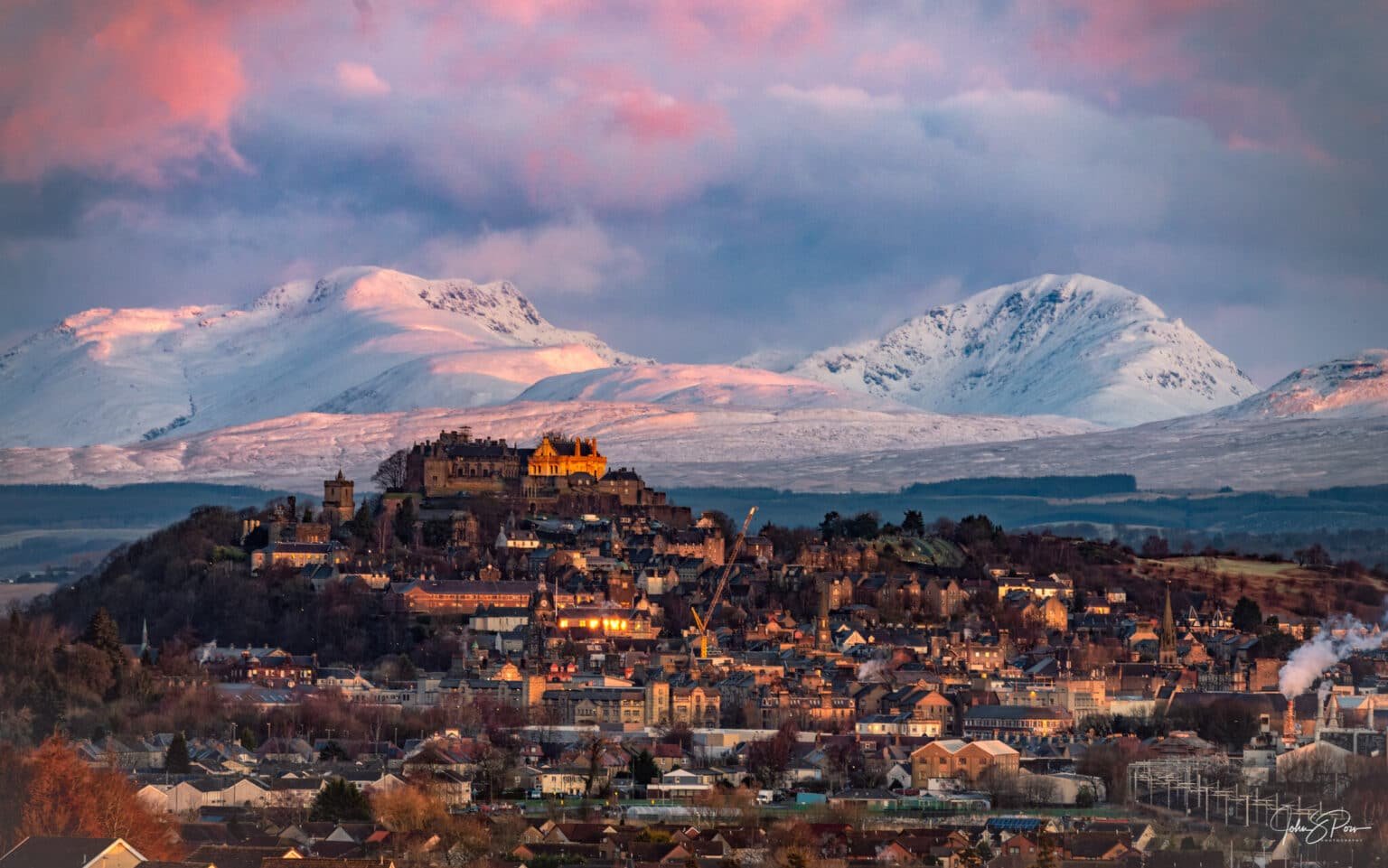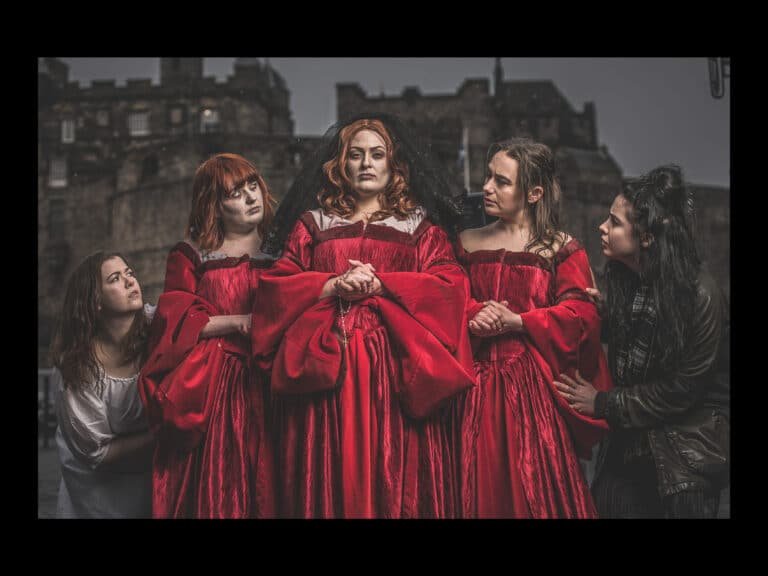
Stirling Castle: History, Hidden Highlights and Heritage

The majestic Stirling Castle towers high above Scotland’s former capital city. It was a major fortress for Scotland in previous ages, and some parts of the castle from the 14th century may still be seen today. The fortress has survived eight sieges, the majority of which took place during the Scottish Independence Wars.
The castle lies in a solid defensive position atop a crag overlooking the city of Stirling, with three steep sides surrounding it. Stirling is 26 miles Northeast of Glasgow and 37 miles Northwest of Edinburgh in central Scotland. Stirling Castle was regularly utilised as a royal palace prior to Scotland’s union with England. Many kings and queens have been crowned in the castle, including Mary, Queen of Scots, one of Scotland’s most famous monarchs.
Historic Environment Scotland now manages Stirling Castle, which receives an estimated half-million visitors each year. It’s the perfect location for a night out to a concert, a fun-filled family trip, and, for many couples, the ultimate wedding destination, thanks to its packed calendar of events.
Stirling Castle’s Brief History
In 1107, Alexander I wrote of a chapel on the site where the castle presently stands, and this was the first documented mention of Stirling Castle. The castle was given to Henry II of England as a ransom in exchange for William the Lion, the then-King of Scotland, in 1174.
The castle was reclaimed by the Scots in 1297 when William Wallace and Andrew Moray defeated the English at the Battle of Stirling Bridge, the first battle of Scottish independence. This fight has become famous around the world because it was the first important Scottish victory in the Wars of Independence, restoring Scottish control and elevating William Wallace to a position of political power.
However, the fortress fell into English hands in 1304, when Edward I attacked it, only to be regained by Robert the Bruce after the Battle of Bannockburn in 1314. During the Scottish Wars of Independence, significant sections of Stirling Castle were destroyed and rebuilt, and the castle passed back and forth between English and Scottish hands.
Throughout their reign, the Stewart dynasty made significant changes to Stirling Castle, both architecturally and in terms of placing the castle as a major royal centre. The King’s Old Building, the Forework, and the Great Hall, as well as renovations to the chapel, were all undertaken by James IV, James V, and James VI at the castle.










